I did these slides which involved the key directors and films of the decade and also the disadvantages AND opportunities of the microphone.
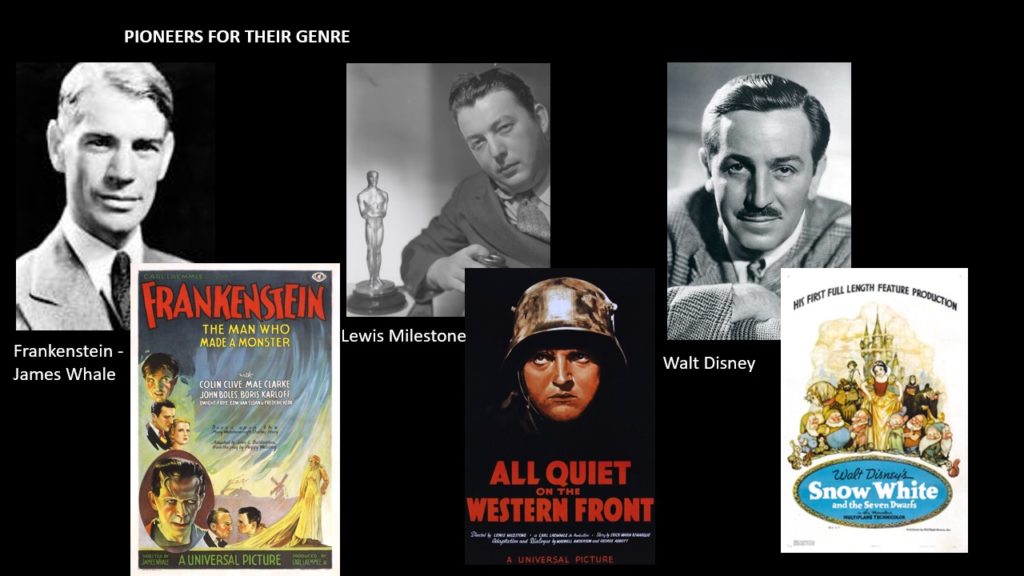
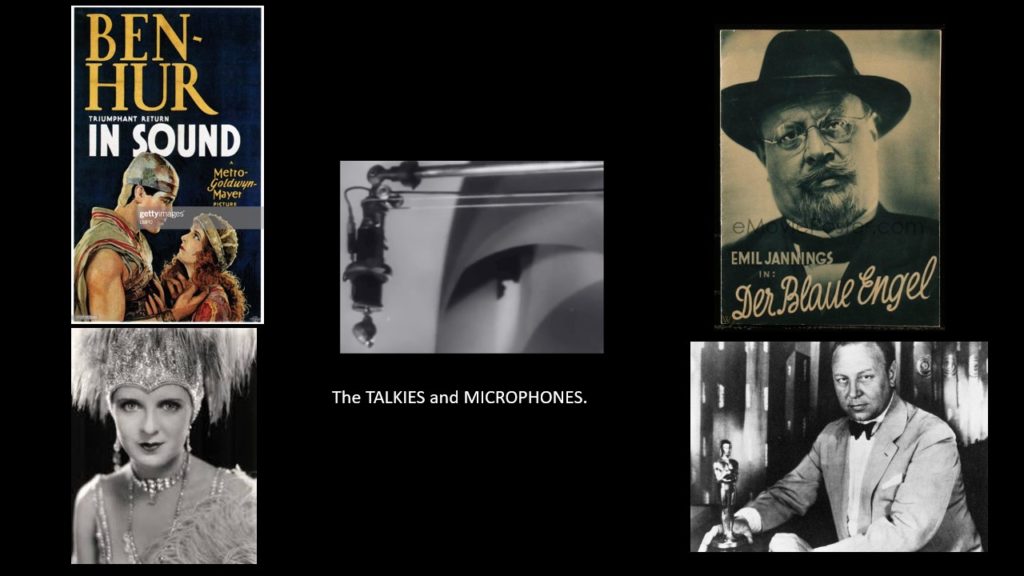
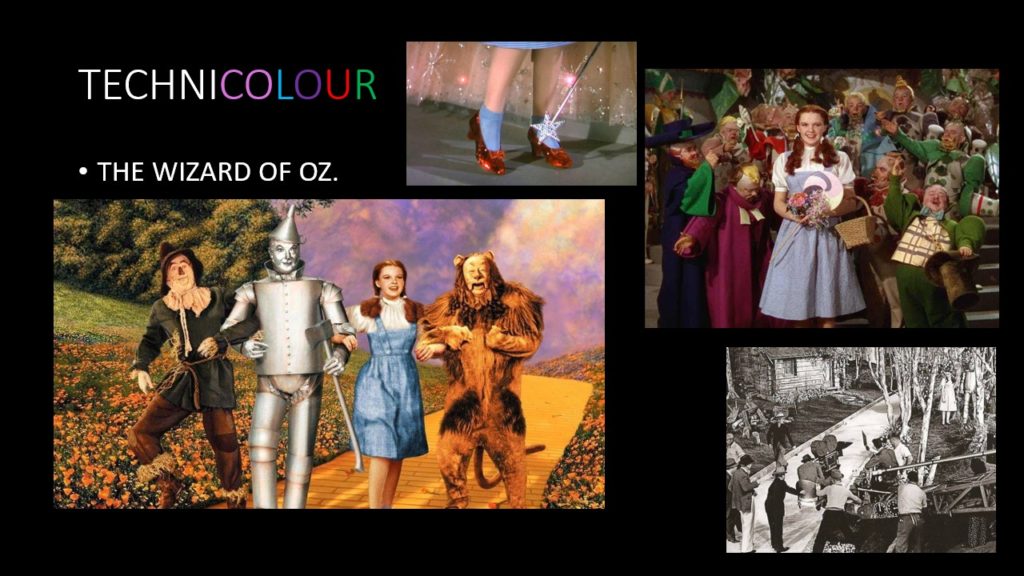
I did these slides which involved the key directors and films of the decade and also the disadvantages AND opportunities of the microphone.



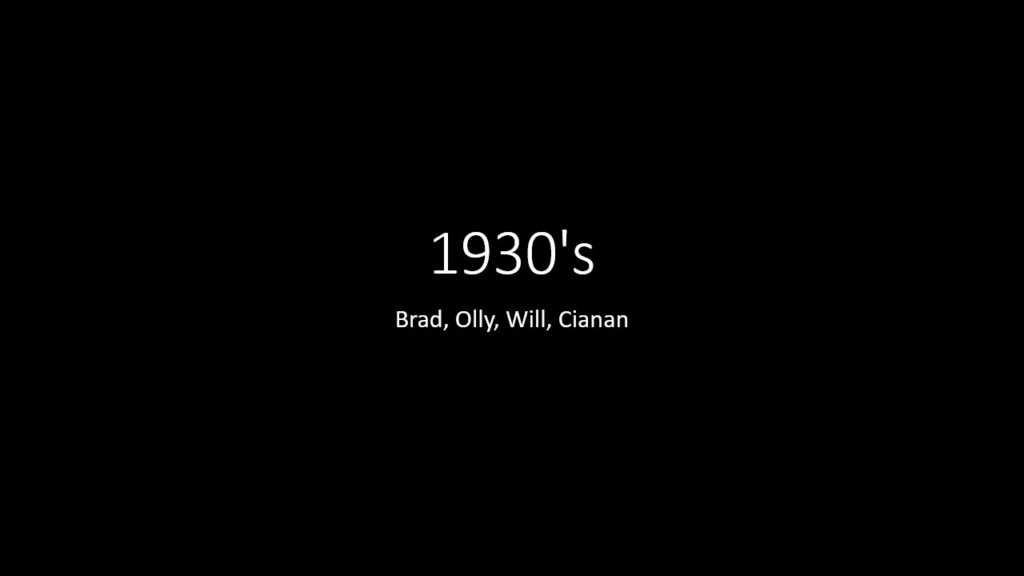
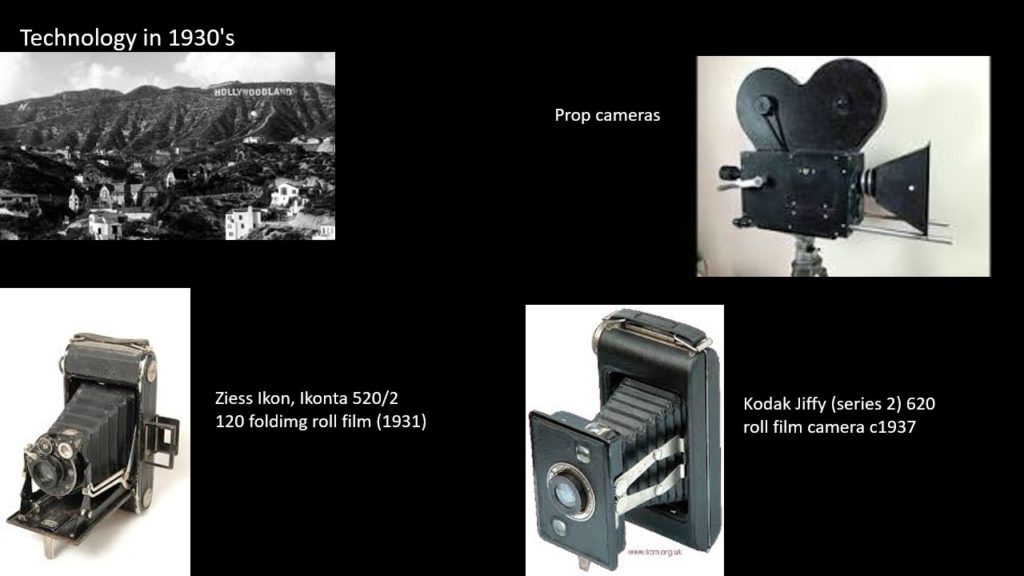
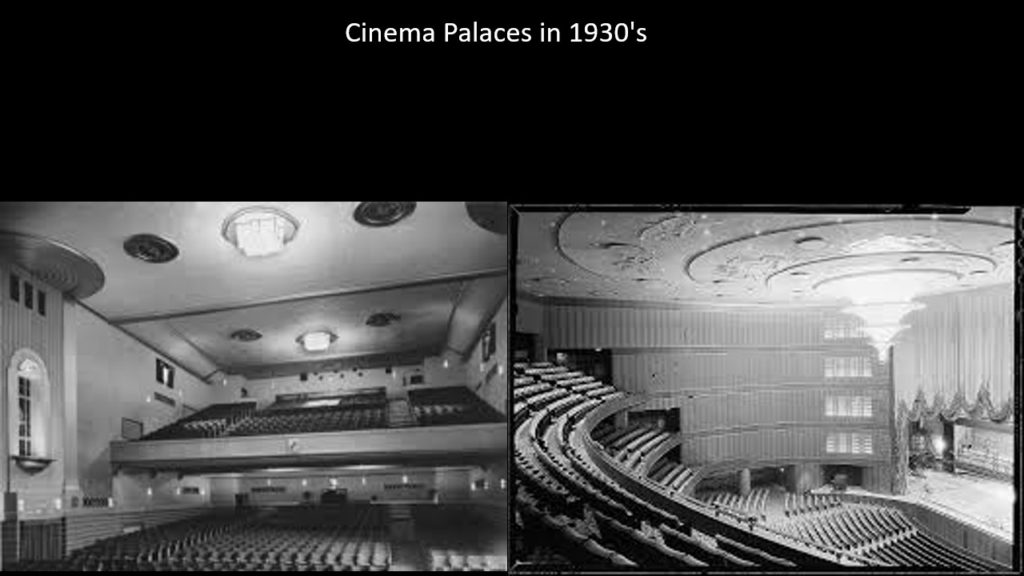
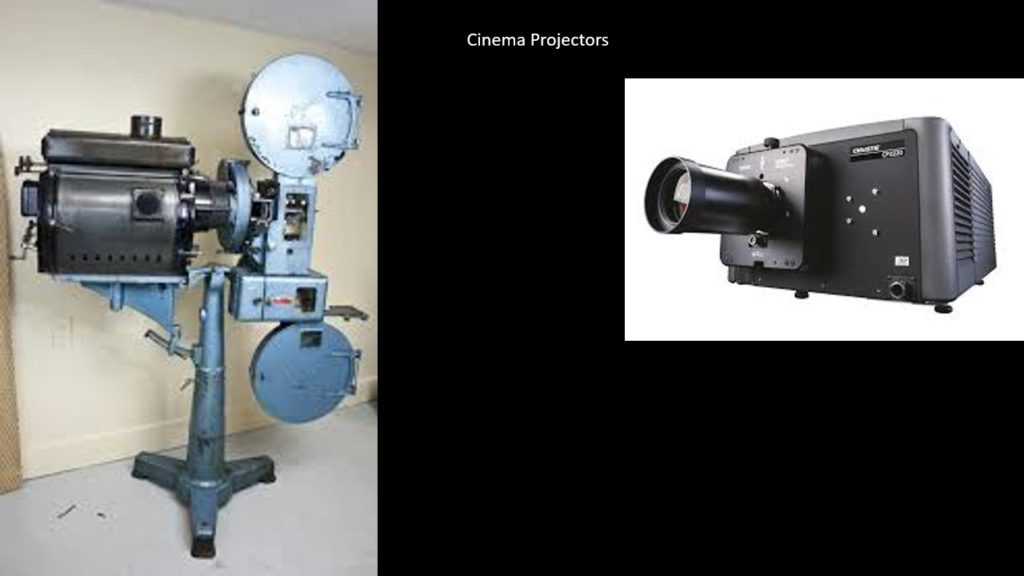
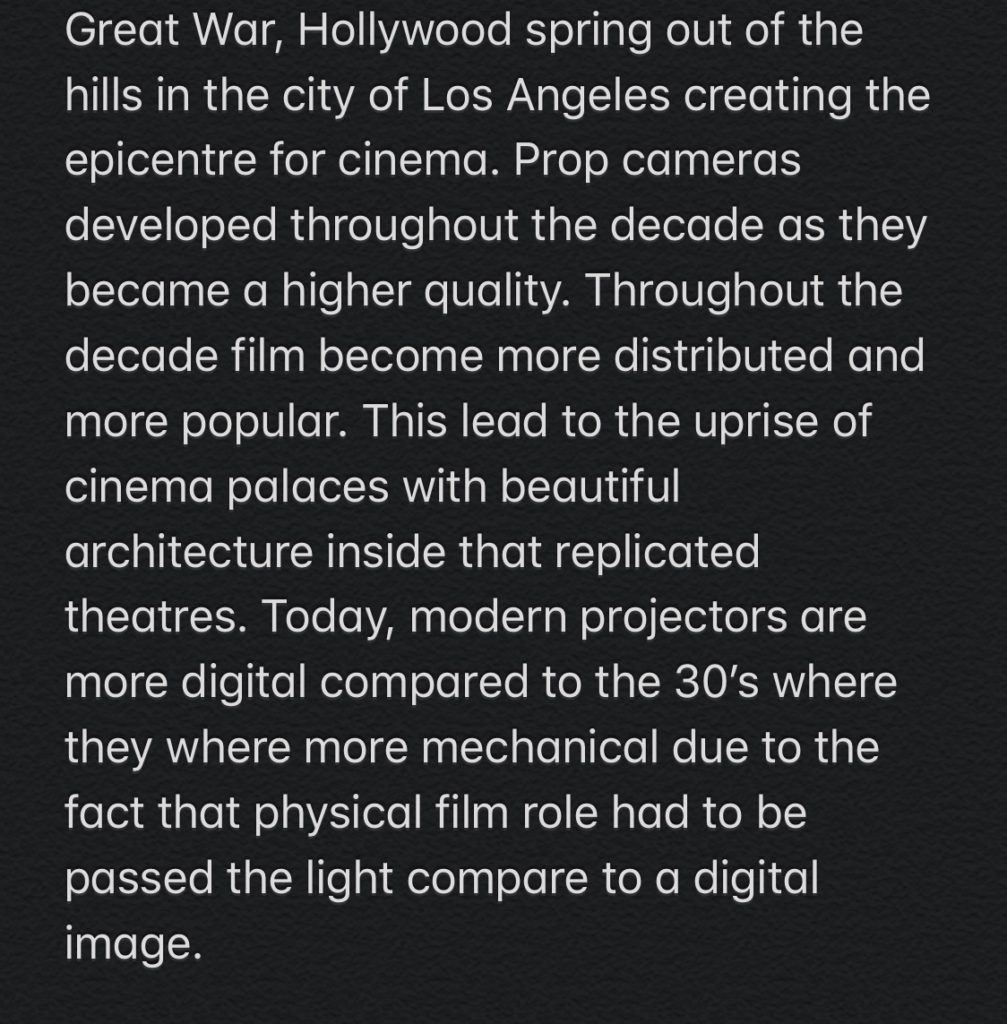
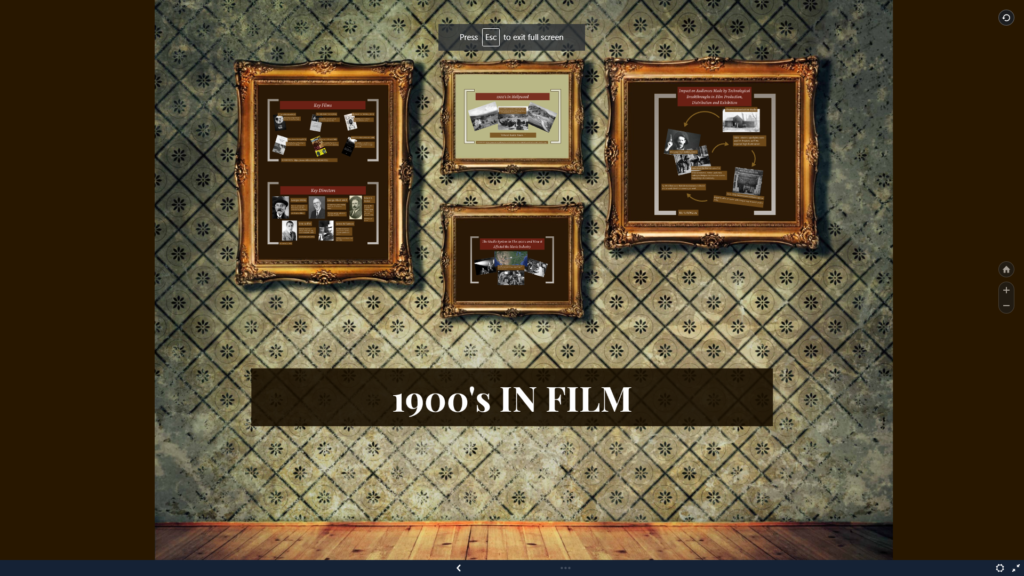
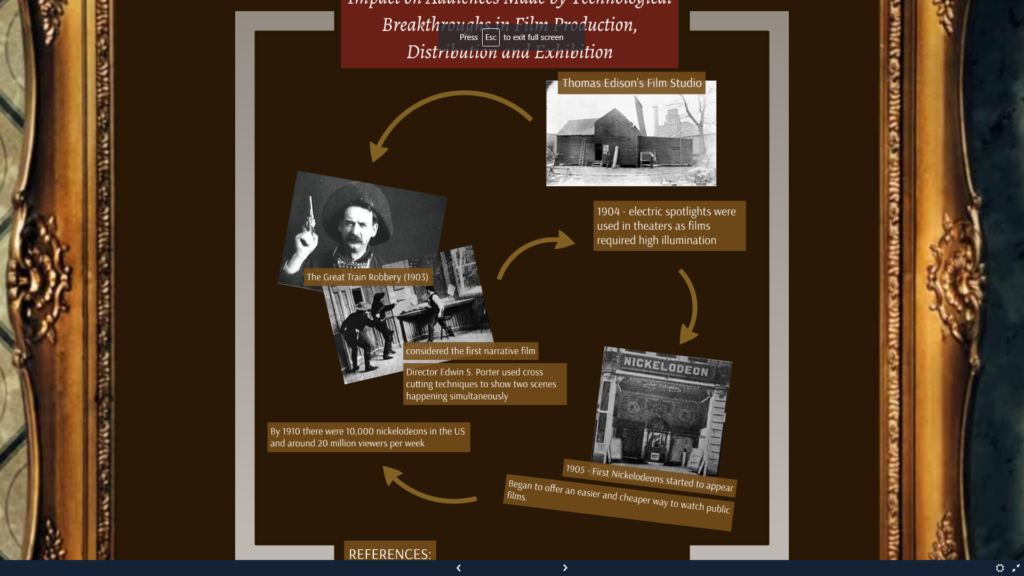
The slide above is the slide that I created. I researched the information to make the slide and Cat made a script for everyone in the group from the information that we all provided for her in our own individual slides.
1900’s
I gathered and created the key films and directors slides of the era
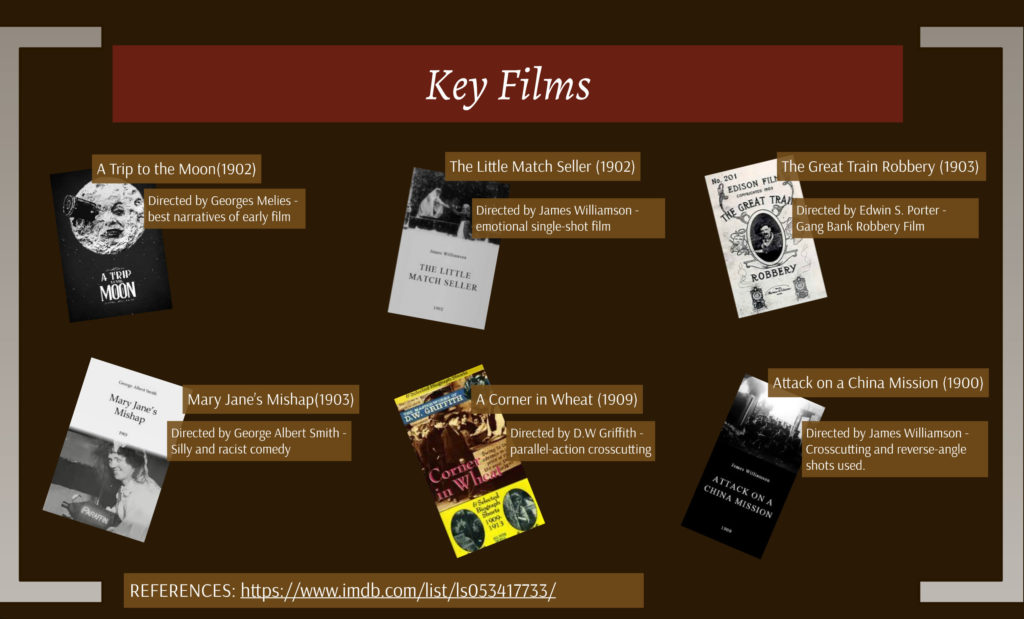
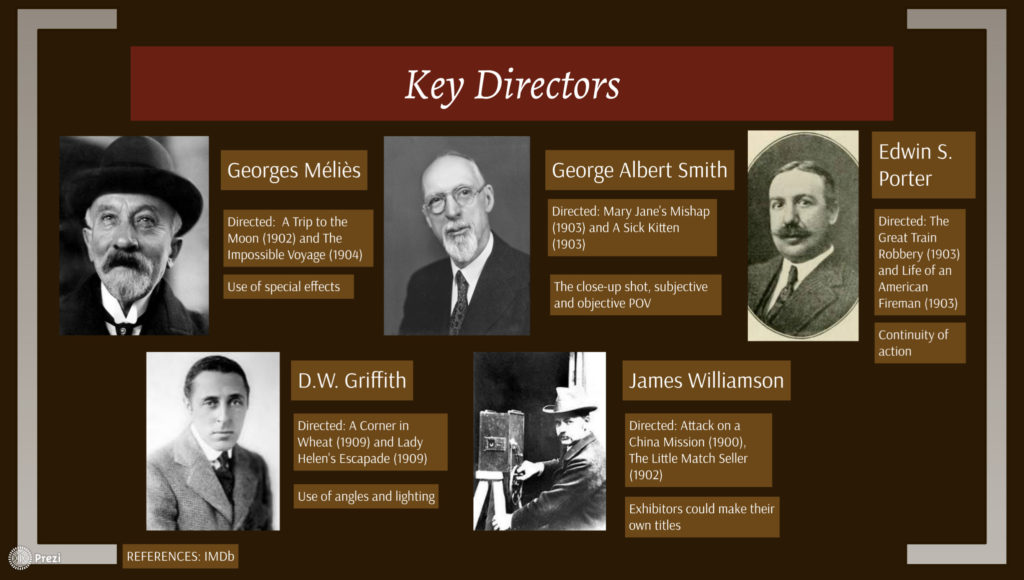
Script – Made by Cat . Cat and I made my section
KEY FILMS
Ollie: Some of the earliest movies created during this time are Attack on a China Mission(1900) – James Williamson – it’s a four-shot picture, which was rare enough in 1900, where there are, perhaps, the first instances ever of crosscutting and reverse-angle shots.
Alex: Also A Trip to the Moon(1902) by Georges Melies – this film one of the most famous had one of the best narratives of the early history of film.
Torin: The Little Match Seller (1902) – Directed by James Williamson. A single-shot scene lasting a couple minutes, but it’s the most emotionally affecting piece of early cinema.
Ollie: Mary Jane’s Mishap (1903) – a racist comedy directed by George Albert Smith. The comedy is rather silly and actually racist. features in this film such as extensive editing within scenes, including match cuts between establishing shots and close-ups.
Alex: The Great Train Robbery (1903) – a Gang Bank Robbery Film Directed by Edwin S. Miller. one of the first crime dramas and archetype of the western genre. Director Edwin S. Porter used cross-cutting to show that two events happening at the same time.
Cat: and finally, A Corner in Wheat (1909) – D.W. Griffith – its use of editing to tell exciting or dramatic narratives is why it’s such a key film. Griffith used parallel-action crosscutting for social commentary on the contrasts between the rich and poor.
KEY DIRECTORS IN 1900S
Ollie: These directors are the people that pretty much got the film industry that we love and know today started. They created the things that some of us take for granted today in film such as editing, special effects and many more.
Torin: Some key directors from the 1900s were Georges Méliès, who was a director for A Trip to the Moon (1902) and The Impossible Voyage (1904) and was also well known for his use of special effects.
Cat: Méliès popularised such techniques as substitution splices, multiple exposures, time-lapse photography, dissolves, and hand-painted colour. He was also one of the first filmmakers to use storyboards.
Ollie: Another famous director was George Albert Smith. He directed Mary Jane’s Mishap (1903) and A Sick Kitten (1903). These introduced the close-up shot, subjective and objective point-of-view shots and reversing.
Alex: James Willaimson directed Attack on a China Mission (1900) and The Little Match Seller (1902) and was well-known for a device he invented where exhibitors could make their own titles in 1908.
Cat: D.W. Griffith directed A Corner in Wheat (1909) and Lady Helen’s Escapade (1909). He innovated continually in the use of camera angles and movement, in lighting, and, especially, in editing and tempo.
Torin: Edwin S. Porter who directed The Great Train Robbery (1903) and Life of an American Fireman (1903). Porter’s The Great Train Robbery (1903) is widely acknowledged to be the first narrative film to have achieved such continuity of action


The script was formally created by my fellow group member, Catalina but information was provided by all group members.






















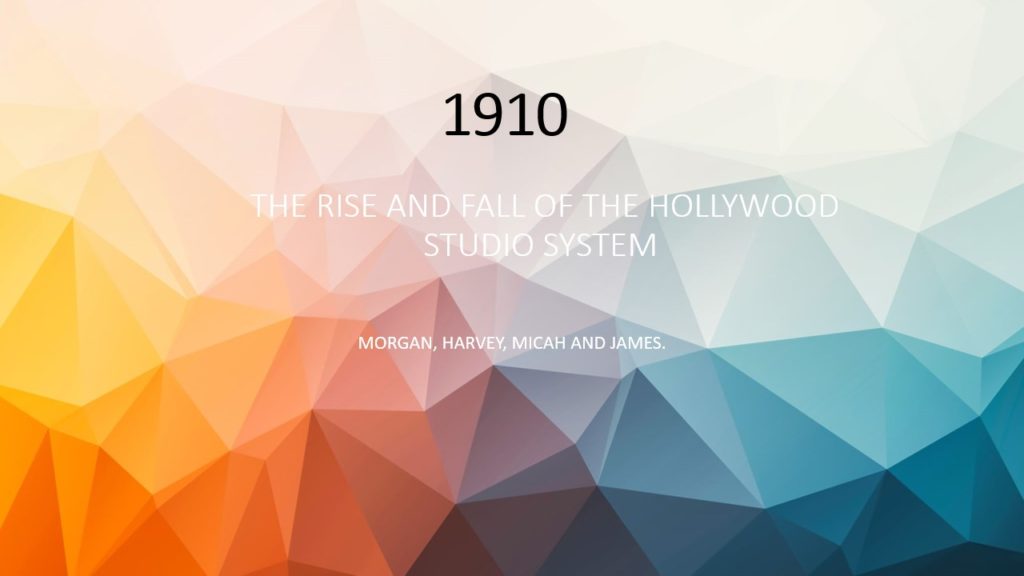
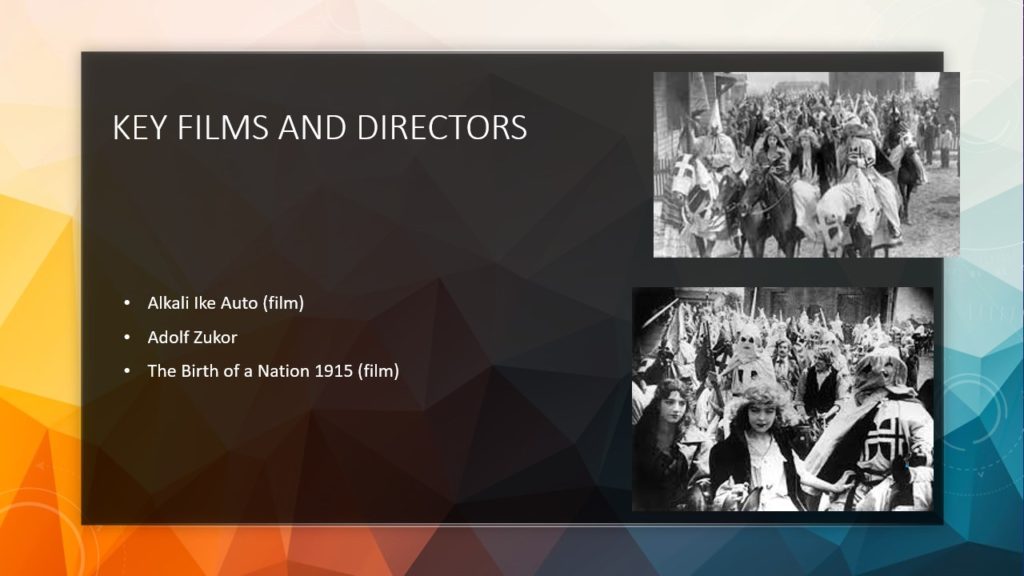
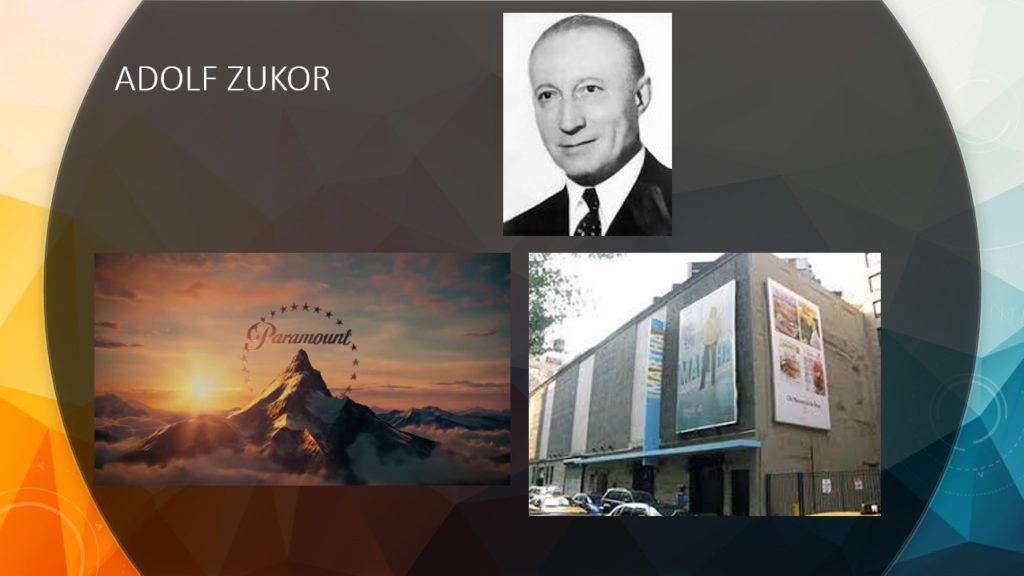
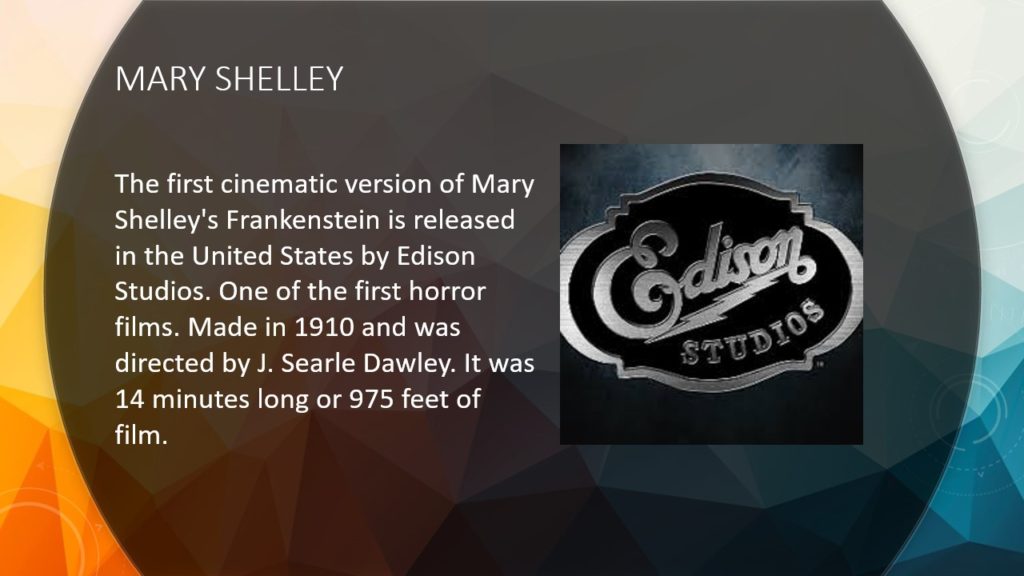
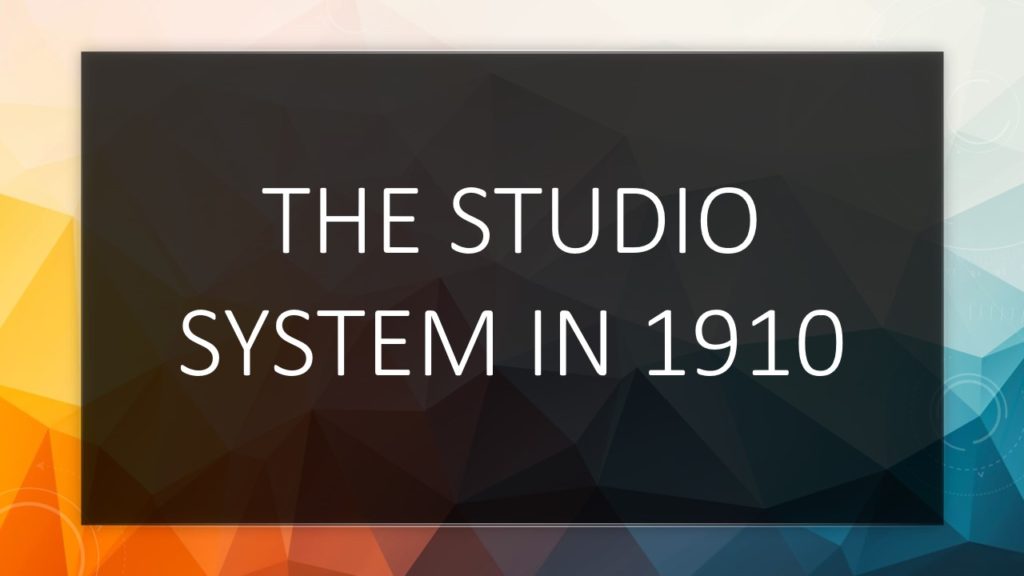
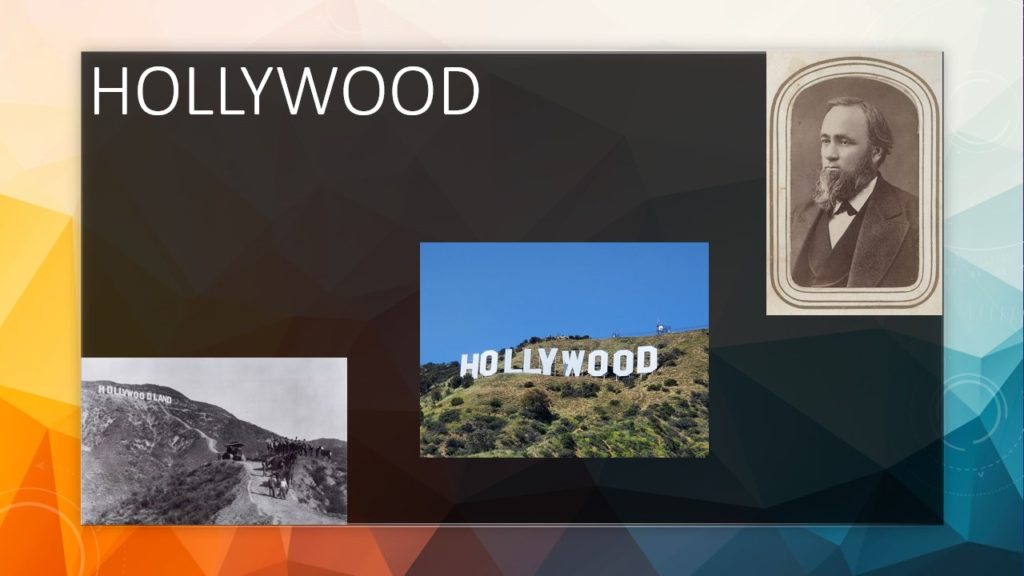
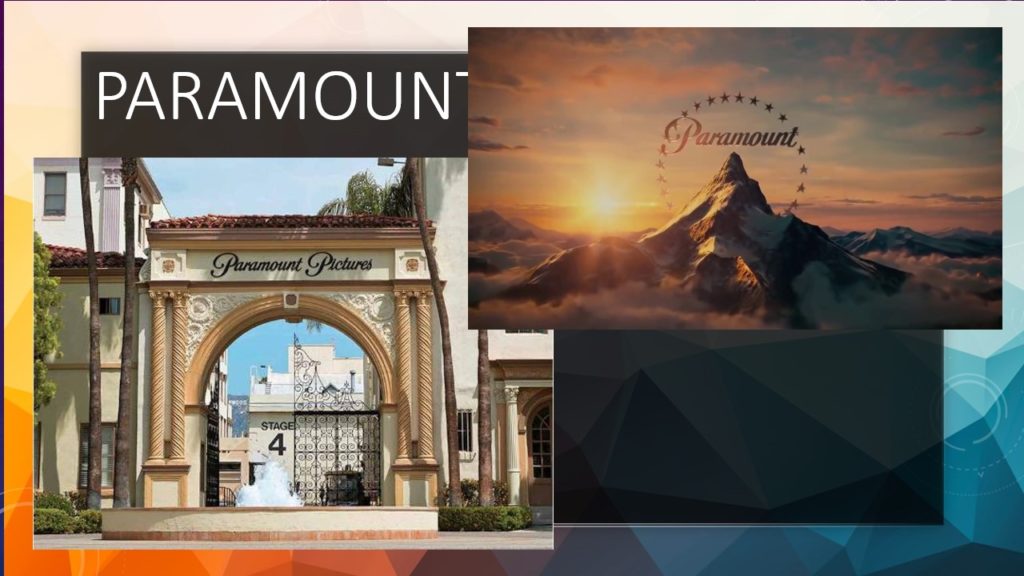

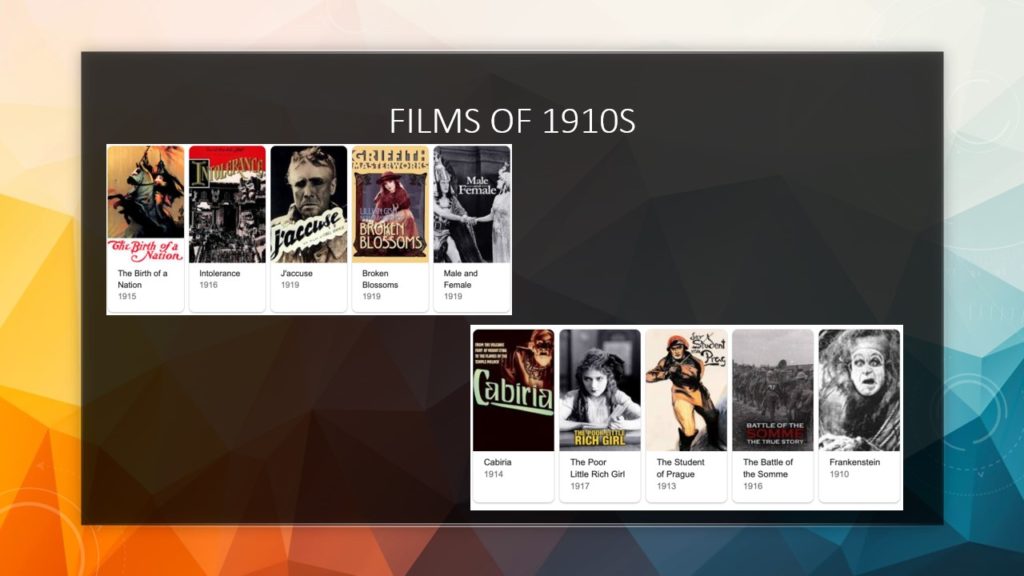
Wikipedia was usedhttps://en.wikipedia.org/wiki/Paramount_Pictures








